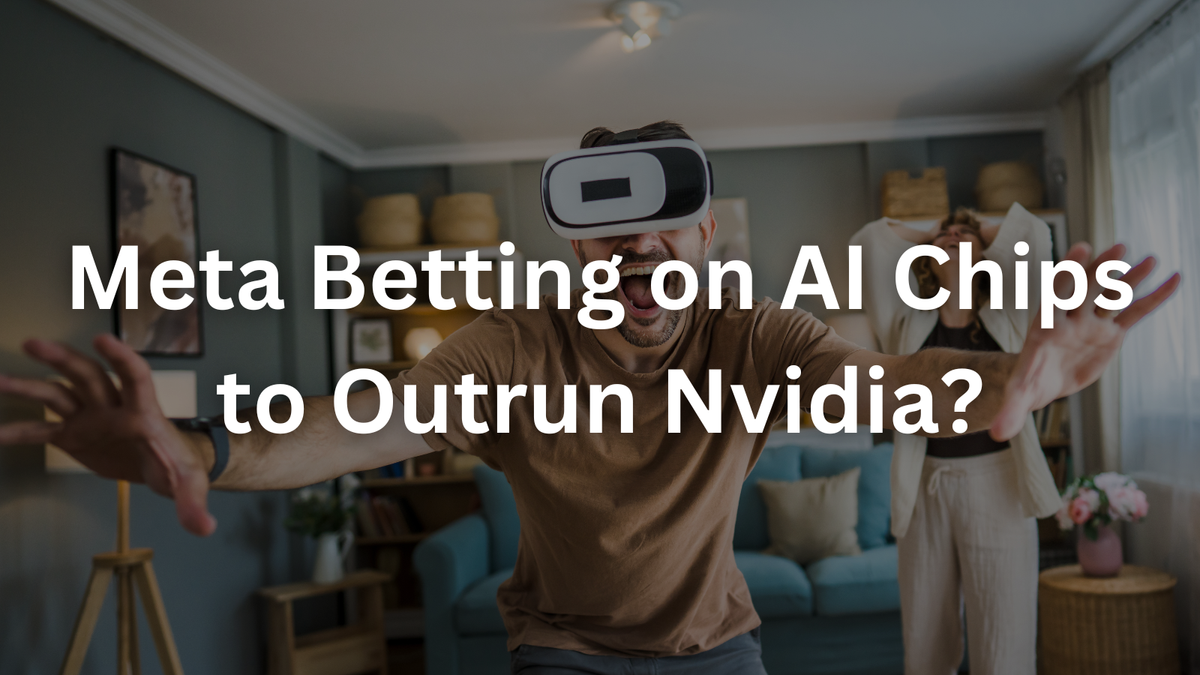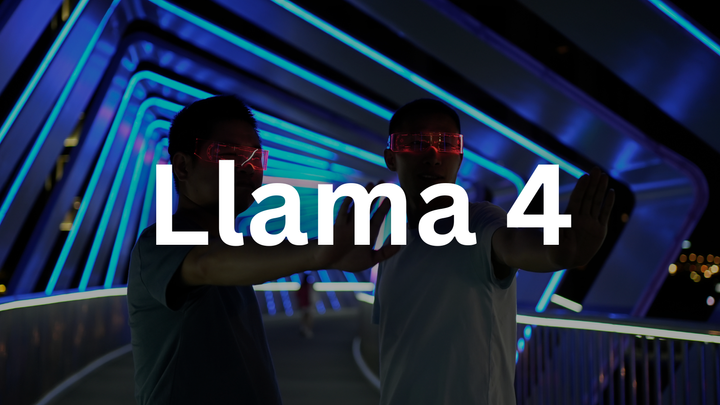Is Meta Betting Its Future on AI Chips to Outrun Nvidia?

🌍 The AI Power Struggle: Chips or Bust
Meta is reportedly in talks to acquire South Korean AI chip startup FuriosaAI, signaling a high-stakes gamble to break free from Nvidia's dominance. As Zuckerberg pledges to spend $65 billion this year alone on AI infrastructure, the pressure is mounting: Can Meta’s in-house chips power its metaverse ambitions and ad empire? Or will it remain shackled to third-party suppliers? Let’s dive in.
🌍 The AI Power Struggle
- ⚡ Nvidia controls ~80% of the AI chip market, creating bottlenecks for companies like Meta that rely on GPUs for AI workloads.
- 💸 Meta plans to spend "hundreds of billions" on AI infrastructure over time—a budget that could balloon if chip development stalls.
- 🚨 FuriosaAI’s RNGD chip (built on TSMC’s 5nm process) aims to challenge Nvidia’s inferencing dominance, but Meta’s acquisition talks collapsed amid valuation disputes.
- 📉 Shares in FuriosaAI backer DSC Investment plunged 16% after the deal fell through, revealing how tightly markets tie Meta’s AI future to chip sovereignty.

✅ Meta’s Chip Ambitions
Meta isn’t just buying startups—it’s building an AI empire from the silicon up:
- ✅ Custom chips for ads and VR: Its latest AI inference processors power Facebook/Instagram recommendations, critical for its $140B ad business.
- ✅ Global talent grab: FuriosaAI’s team includes ex-Samsung and AMD engineers—exactly the expertise Meta needs to compete.
- ✅ Partnerships with TSMC and SK Hynix: Access to cutting-edge 5nm manufacturing and HBM3 memory gives Meta a technical edge.
- ✅ First-mover pressure: With China’s DeepSeek and Google’s TPUs advancing, Meta can’t afford to lag.
🚧 The Roadblocks Ahead
- ⚠️ Nvidia’s software moat: CUDA’s ecosystem is deeply entrenched—Meta’s chips need seamless compatibility to win over developers.
- ⚠️ Investor impatience: After pouring $40B+ into Reality Labs (VR/metaverse) with mixed results, shareholders may revolt if AI spending doesn’t yield ROI by 2029.
- ⚠️ Technical hurdles: FuriosaAI’s RNGD is still in sampling with ~12 clients (including LG and Saudi Aramco)—scaling production could take years.
- ⚠️ Geopolitical risks: TSMC’s 5nm supply chain is concentrated in Taiwan, exposing Meta to potential disruptions.
💡 Final Thoughts: Will Meta’s Chip Bet Pay Off?
Meta’s AI future hinges on three make-or-break factors:
- 🚀 Speed: Delivering performant chips by 2026-2027 to avoid falling behind in generative AI and VR.
- 📈 Cost control: Slashing reliance on Nvidia’s premium-priced GPUs to justify its $65B/year spend.
- 🤝 Developer adoption: Building tools as intuitive as CUDA to attract AI engineers.
If Zuckerberg succeeds, Meta could become the first tech giant to vertically integrate AI from chips to consumer apps. If not, it risks becoming another cautionary tale of ambition outpacing execution. What do you think—can Meta out-engineer Nvidia? Let us know on X(Former Twitter)
Source: Yahoo Finance. AI Chip Startup FuriosaAI Rejects Meta Takeover, May Raise Series C Funding, May 2024.



